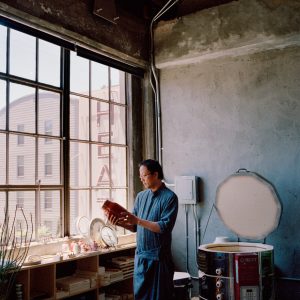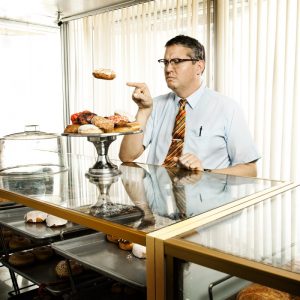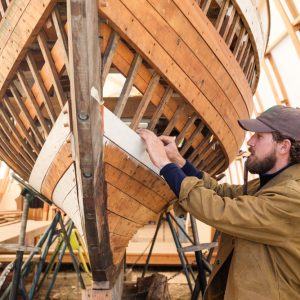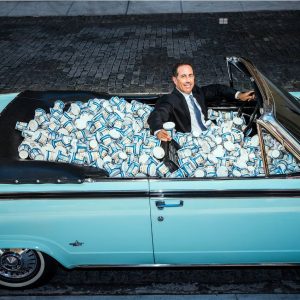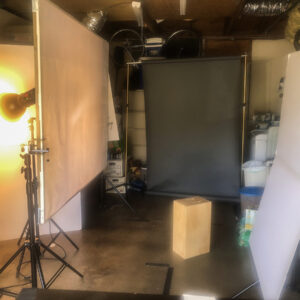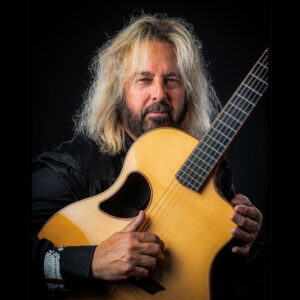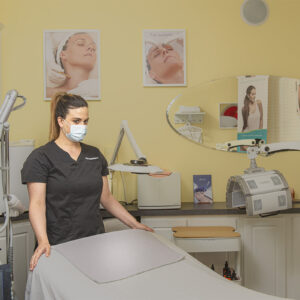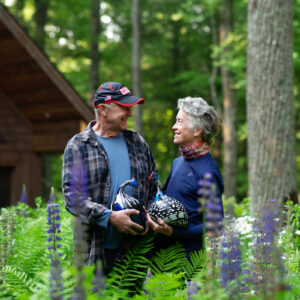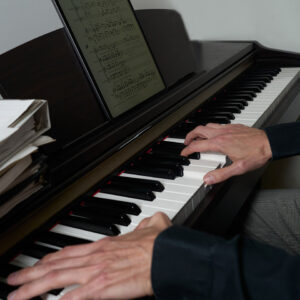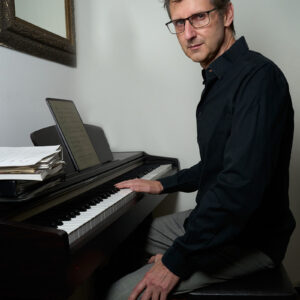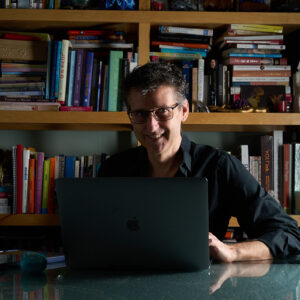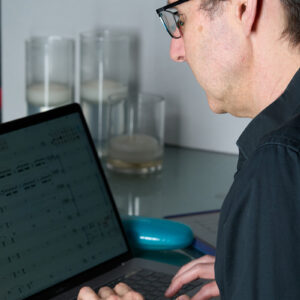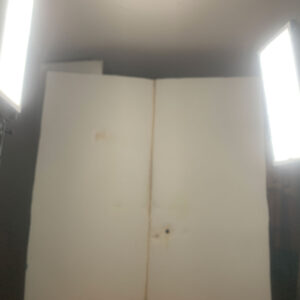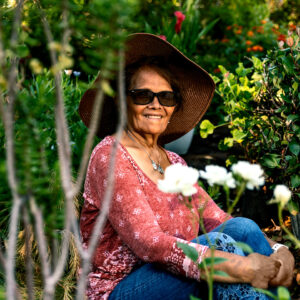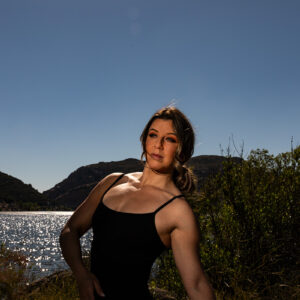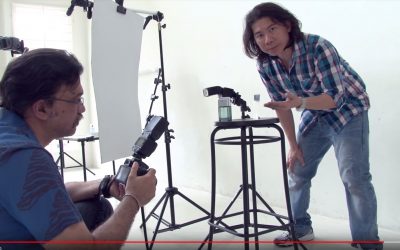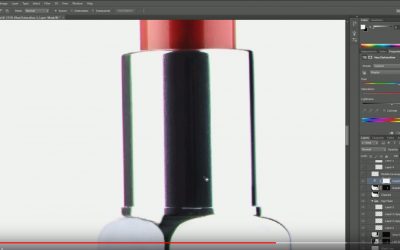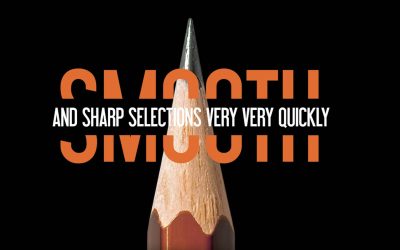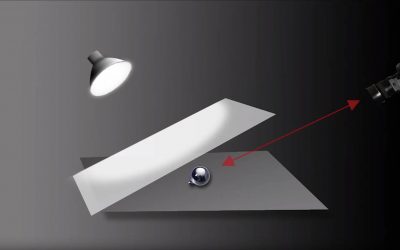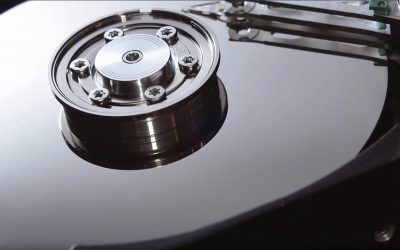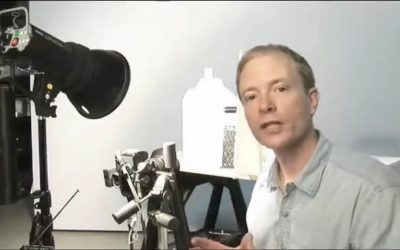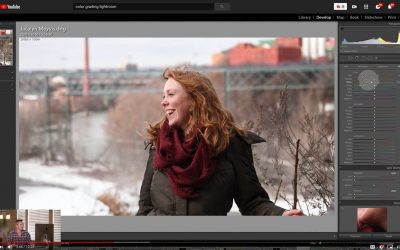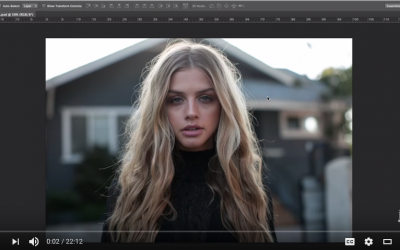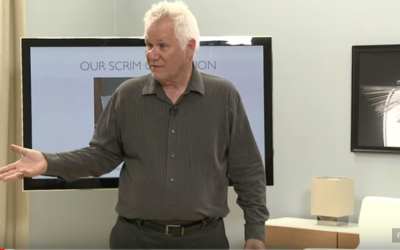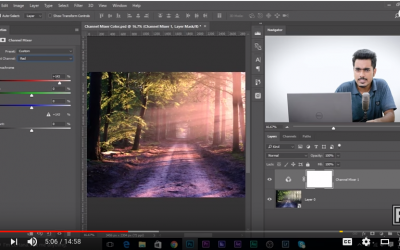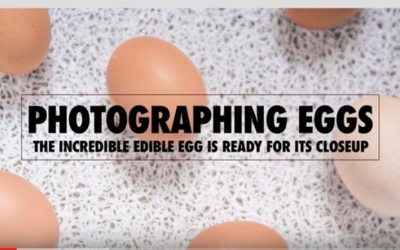What a terrific video above. Make sure you watch it at least once.
AN EDITORIAL PORTRAIT
THE BRIEF:
This is an editorial portrait. It is specifically for a regional magazine and it is all yours creatively.
This is far more of a challenge than it may seem at the first moment of excitement when the Art Director tells you that the advertorial will be running three pages in four different magazines, and your shot will be opening up the three pages… and they want you to do something creative.
“Hello, this is Don.”
“Hey Don, this is Art D’Recteur from Eezy-Peezy Advertising. We have been getting your emails and direct mail consistently for the last year and we think we may have a shot for you.”
“Cool, Art. Nice to talk to you. What is the timeframe for the assignment?” Might as well find out if it fits in your schedule now.
“We have nearly a two-week window, and we need you to handle it there locally since we do not have an office in your town.”
“Yeah, I can do it in the next two weeks… what are the deets?”
All the details of what they need and where to send the images and of course the fee structure is worked out and then this bombshell…
“Don, we need for you to do something really cool with this shot. It is very important to our client, but honestly not being there makes doing the creative a bit more challenging. We know you can do the creative.”
So it is up to you.
The article is about a charity that chooses a spokesperson once per year for their promotional work. This time they chose someone from your town because they did something so amazing. Whether philanthropic or entrepreneurial, the subject is chosen for the impact they have produced.
Who that is and what they did is your call… you explain to us what they did and why they are a hero by SHOWING us in the image. This is an image that is all about context. Context is what else is in the photograph to tell us what and who we are seeing in the image.
So we need to think about visual clues, props, body language, lighting, and composition. We use those cues to develop the context of the work.
Some GOOGLE images to review… not all are representative, but many are.
Brad Trent Example of an Editorial Portrait on Location.
NOTE… see his blog for lots more editorial work well explained.
Here are a few points that I want you to consider:
- Understand exactly what you want to say about the person you are photographing. Meet them beforehand if you can. If you cannot, then make sure you research as much as you possibly can before the shoot. This information will be instrumental in creating an image that shows context.
- Think about body language… Pride has a different body stance than contrition. Power is a set of poses that are not easily confused with submission. We KNOW this stuff in our minds, and we have got to get that knowledge into the photograph.
- Shadows. They can be a metaphorical tool or simply something to set a highlight against. Think of how people use the words and ideas of shadow when you are planning your photo.
- Light… the use of light is a metaphor that reaches all the way back to early Renaissance art. Flare “means” something. Light shafts can make the image represent a context that may not have been present in the natural space. And if you choose to use light shafts, do you do them “in camera” or do them later in post?
- Context will show us exactly who that person in the photograph is, and it will help explain the text that accompanies it. It can exist within the location, or simply be a prop or wardrobe choice that helps the viewer make connections.
THEY LIKE THESE:
“CLINIQUE” STYLE COSMETICS SHOOT
"Clinique" style cosmetics shoot. https://www.youtube.com/watch?v=rFkvwCUiSIw
PHOTOGRAPHING COSMETICS: ONE STYLE
Short tutorial on one photographer's style of working with cosmetics. https://www.youtube.com/watch?v=wjeEI2EVge4
MAKING SELECTIONS IN PHOTOSHOP (THIS IS COOL)
A very smart tutorial on using sliders to help make selections smoother. https://www.youtube.com/watch?v=oHfGDfbXdT4
WHO KNEW A SHINY BOWL COULD BE SO DIFFICULT?
But they are. This is a well thought out video on how intricate you must be with your lighting to show a simple silver bowl https://www.youtube.com/watch?v=-M_H9Sah2UY
SHINY OBJECTS: SPHERES
Well done tutorial on lighting metal and round objects. https://www.youtube.com/watch?v=-M_H9Sah2UY
SHINYS OBJECTS WITH SIMPLEST LIGHTING TOOLS
I am a big fan of using reflected boards for lighting shiny surfaces. This is a very nice tutorial on how to use boards and small lights to delicately carve a soft light. https://www.youtube.com/watch?v=CfQoftGuiOU
PHOTOGRAPHING SHINY OBJECTS
This is a nice little tutorial showing angle of incidence / angle of reflection and how to use that law of physics in designing your light. https://www.youtube.com/watch?v=C8HNBcu3Hig
COLOR GRADING IN LIGHTROOM
Another easy to follow tutorial on color grading only this time using Lightroom. This is a great way to work a color pallet into your style. https://www.youtube.com/watch?v=BWKQkjLo_lo
COLOR GRADING USING PHOTOSHOP LUTS
Another fun way to work with the color in your images. https://www.youtube.com/watch?v=nqHYdcXKD4c
Still Life Tips (CL Class)
Here are some ideas for creating light modifiers and what they do. https://www.youtube.com/watch?v=7Hwu6g7L6vE&t=1129s
Color Grading: A Simple Method
Sometimes the color we get is not the color we want. Color can help 'sell' the concept. It can lead us emotionally. And it can make the most mundane seem more mysterious. Here is how you can color grade in Photoshop. https://www.youtube.com/watch?v=NhLXYGXaPe0
Photographing Eggs
A breakdown of some egg shots we did in class a while ago. https://www.youtube.com/watch?v=EBi5DGFxuww

